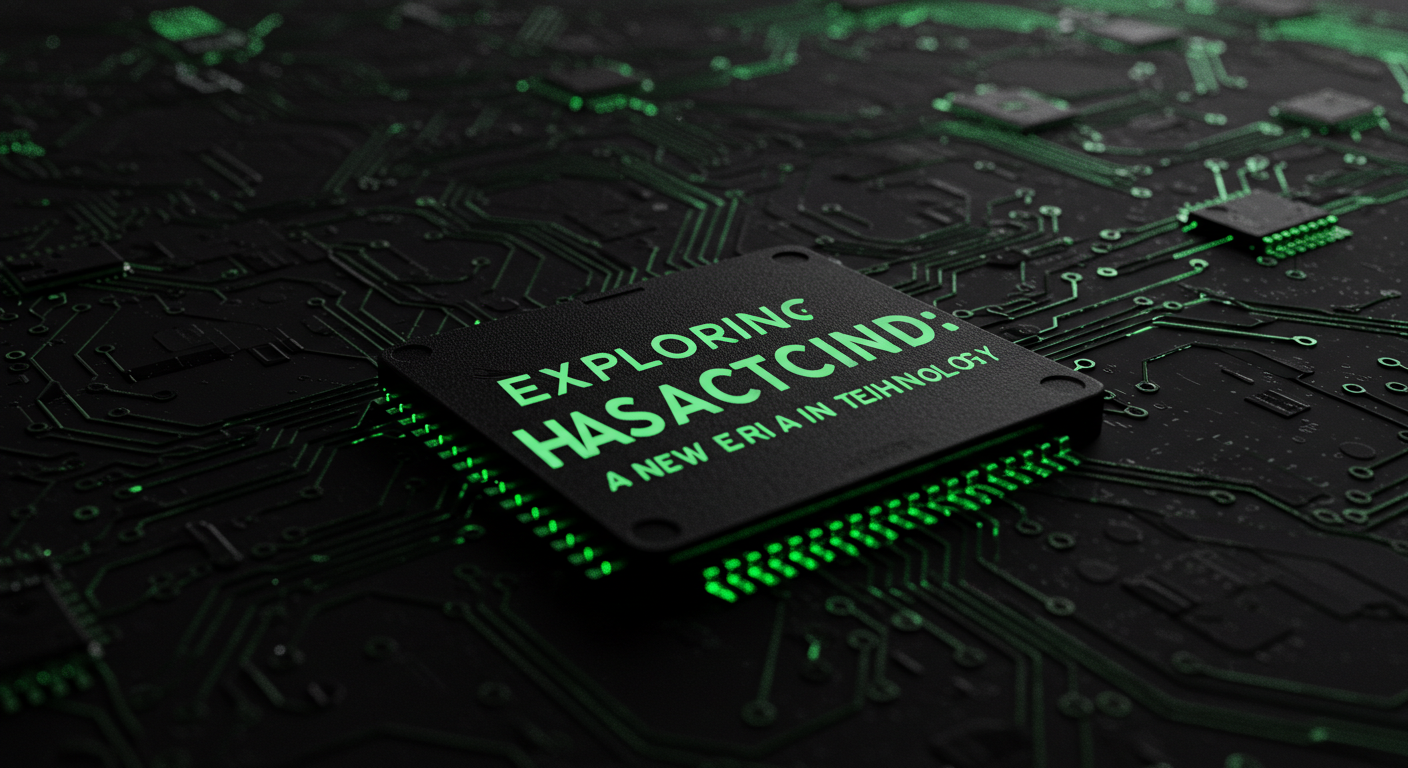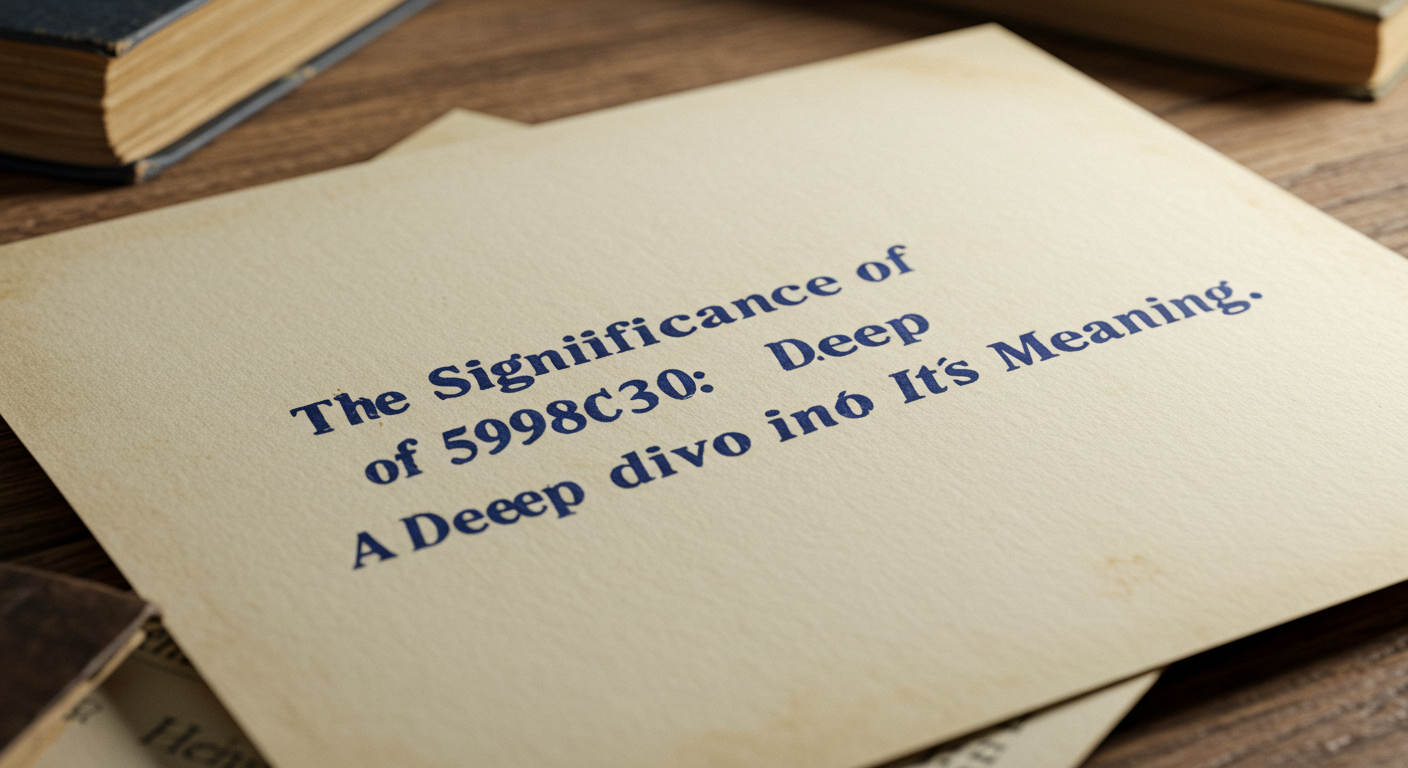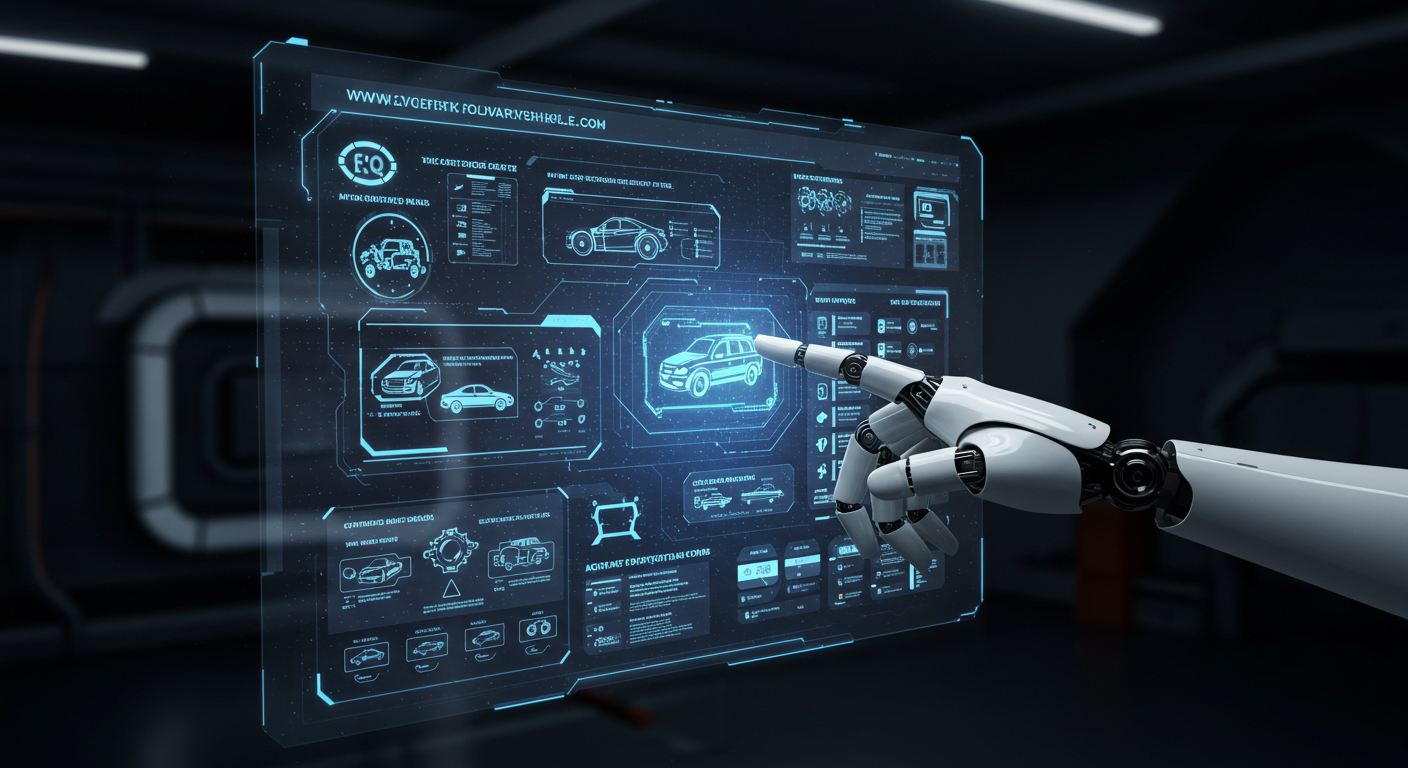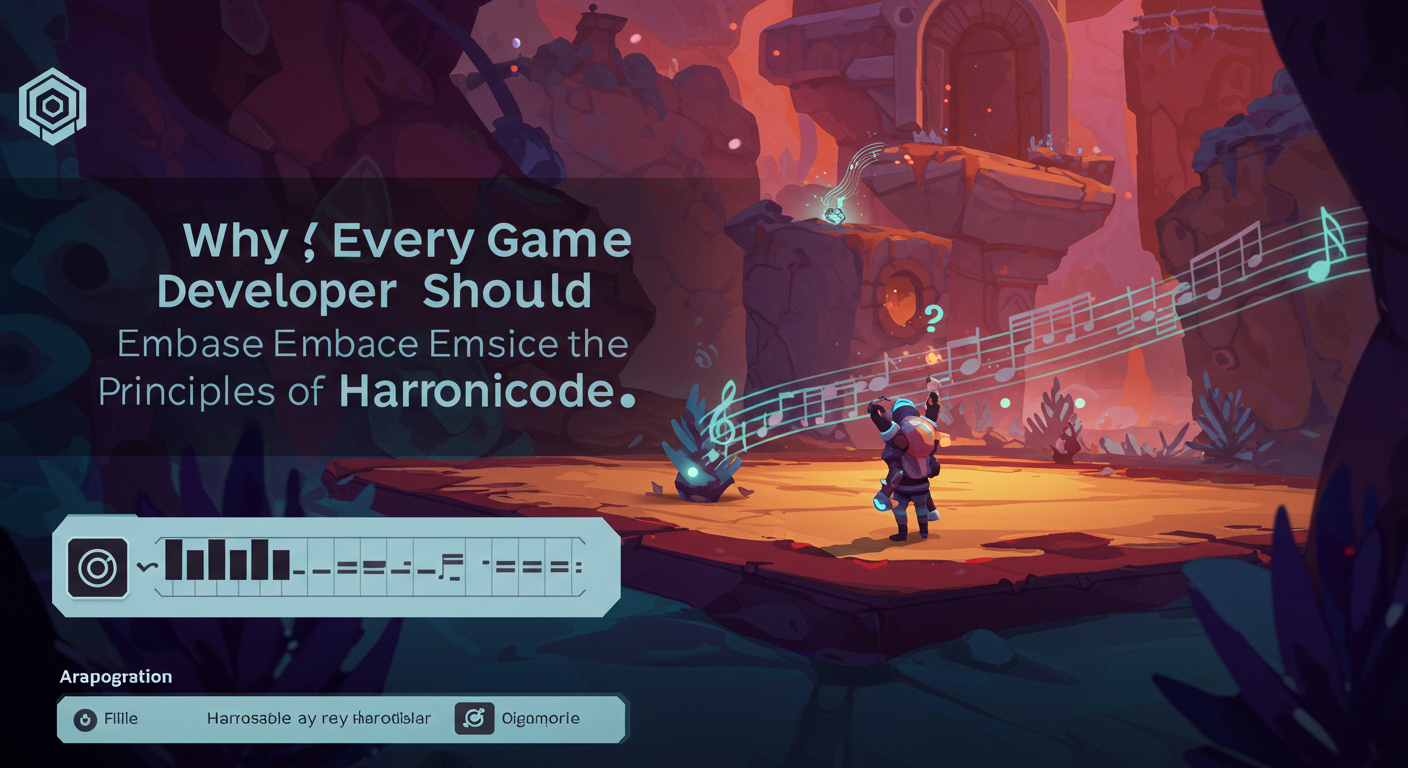In the heart of Circuit Art in Roman Deux-Sèvres , a captivating fusion is taking place. Here, technology meets artistry in a vibrant expression known as Circuit Art. This unique form blends traditional creativity with modern electronics to create stunning visual pieces that spark intrigue and conversation. Imagine walking through an exhibit where circuit boards dance with colors, lights pulse rhythmically, and art tells stories driven by innovation. As artists embrace this forward-thinking medium, they are not just creating; they are redefining what it means to be creative in today’s tech-driven world. Welcome to the fascinating realm of Circuit Art in Roman Deux-Sèvres—a journey where circuits become canvases!
The Evolution of Circuit Art and Technology
Circuit art has experienced a remarkable evolution, mirroring advances in technology. Initially rooted in traditional electronics, it began as simple electronic circuits arranged into artistic forms. Artists used basic components like resistors and LEDs to create functional yet visually appealing pieces.
As technology progressed, so did the complexity of circuit art. With the advent of microcontrollers and programmable boards like Arduino, creators now have unprecedented control over their artworks. This shift opened doors to interactive installations that respond to viewer engagement.
Moreover, digital fabrication tools such as 3D printing have transformed how artists approach circuit design. They can prototype intricate designs faster than ever before. The fusion of coding with traditional artistry has birthed new genres within this medium.
Today’s circuit artists blend hardware and software seamlessly, pushing boundaries while inspiring others to explore this innovative intersection of creativity and technology.
How Circuit Art is Changing the Creative Landscape
Circuit art is reshaping how artists think about creation. It merges traditional artistry with technology, sparking new forms of expression.
Artists are no longer limited to paint and canvas. They now incorporate components like LEDs, sensors, and microcontrollers into their pieces. This fusion opens up a realm of interactive artwork that engages audiences in fresh ways.
The process encourages experimentation. Artists find themselves exploring coding alongside traditional techniques. This blend cultivates a community where tech enthusiasts and creatives collaborate more than ever.
As circuit art gains popularity, galleries exhibit these innovative works alongside classic paintings and sculptures. Viewers become participants rather than passive observers, transforming the gallery experience entirely.
This movement not only challenges conventions but also invites diverse perspectives on what art can be. The boundaries between disciplines blur, leading to a vibrant creative ecosystem thriving on collaboration and innovation.
Examples of Circuit Art in Roman Deux-Sèvres
Roman Deux-Sèvres has become a vibrant hub for circuit art, showcasing remarkable talent and innovative projects. Local artists are transforming everyday electronic components into captivating pieces of visual expression.
One standout example is the interactive installations at the Maison de l’Artisanat. Here, visitors can engage with artworks that respond to their movements through light and sound. This blend of art and technology draws people in, creating an immersive experience.
Another notable project features street art enhanced by LED circuits. Murals come alive after dark, illuminating urban spaces while telling stories through dynamic visuals.
Workshops held throughout the year foster collaboration among budding creators. Participants learn to merge traditional artistic practices with digital techniques, expanding their creative horizons.
These examples reflect how circuit art in Roman Deux-Sèvres not only beautifies the community but also encourages innovation across various platforms. The future looks promising as more artists embrace this exciting medium.
Challenges and Benefits of Combining Technology and Creativity
Combining technology and creativity presents a unique set of challenges. Artists often find themselves navigating an ever-evolving digital landscape. Keeping up with rapid advancements can be daunting, sometimes overshadowing the creative process itself.
However, the benefits are equally significant. Technology opens doors to innovative tools that expand artistic possibilities. For instance, circuit art allows creators to incorporate interactive elements into their work.
Collaboration is another advantage. Tech-savvy artists connect easily with other creatives worldwide, sharing ideas and techniques that elevate their craft.
Yet, there’s a balancing act involved. Maintaining authenticity while embracing new methods can lead to tension in one’s artistic vision. Finding this equilibrium is crucial for genuine expression.
Merging these two worlds fosters growth and experimentation in the art community, paving the way for exciting developments in circuit art within Roman Deux-Sèvres.
The Future of Circuit Art in Roman Deux-Sèvres
The future of Circuit Art in Roman Deux-Sèvres looks bright and full of potential. As technology continues to evolve, artists are finding new ways to integrate circuits into their work.
Innovations like augmented reality could transform how audiences interact with art. Imagine walking through an exhibition where the artwork comes alive through digital overlays.
Collaborative projects between tech companies and local artists might also emerge. These partnerships can lead to unique installations that blend functionality with creative expression.
Education will play a key role too. Workshops focused on circuit design and artistic applications are likely to inspire the next generation of creators.
As more people embrace this fusion, community events showcasing Circuit Art could flourish. Local festivals may become hotspots for creativity, drawing attention from beyond the region.
All these developments promise a dynamic environment where technology enhances artistic vision in truly exciting ways.
Conclusion
Circuit Art in Roman Deux-Sèvres showcases the beautiful blend of technology and creativity. Local artists are pushing boundaries, crafting pieces that resonate with both innovation and emotion.
This artistic movement is not just a fleeting trend; it’s a testament to the power of imagination paired with modern tools. Each creation tells its own story, reflecting cultural nuances while embracing contemporary techniques.
Visitors to this region can experience firsthand how circuit art transforms traditional notions of artistry. It’s an invitation to explore new perspectives on what art can be.
As communities continue to engage with this medium, one can’t help but wonder about future possibilities. The landscape will undoubtedly evolve as more artists experiment and innovate within this captivating realm.
FAQS
What is circuit art?
Circuit art refers to artworks created using electrical components such as LEDs or sensors integrated into traditional mediums like sculpture or painting.
Why is circuit art important?
It represents a merging point between technology and creativity where new ideas flourish; it expands how we define artistic expression today.
Can anyone try creating circuit art?
Absolutely! Many resources exist online for beginners eager to learn about basic circuitry concepts before diving into artistic applications.
Are there any community events focused on circuit artwork in Roman Deux-Sèvres?
Yes! Local galleries often host workshops or exhibitions highlighting regional talent working within this fascinating medium!
Is prior experience required for getting started with circuit arts?
Not necessarily—a willingness to experiment combined with some research will set you on your path toward creation!















Leave a Reply